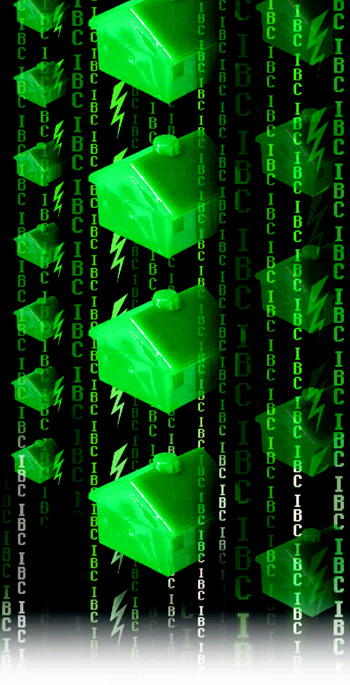Hurricane Andrew, which wiped out sections of South Florida in 1992, is the oft-used poster child for how building codes affect a shift in building products. Specifications including impact-resistant windows and hurricane shutters, wind-uplift standards, and fastening systems for roofing materials and plated trusses were all planted in the statewide code soon after Andrew and are now firmly rooted there—and in product assembly lines and lumberyards.
Proposed code changes following devastating fires in Southern California and the specter of seismic activity farther north have had a similar impact on building practices and dealer inventories, such as Class A fire-rated roofing, various framing connectors, and shear wall systems.
Meanwhile, environmental and energy-use issues, notably the phase-out of CCA-treated lumber, also affect product specifications. “We now carry two or three times the number of galvanized fasteners since the changes regarding treated lumber,” says Cooper, reflecting how a code change for one type of product also affects related components.
Trends While dealers and contractors in Kansas City may not have to worry about upgraded code requirements addressing high winds or corrosion issues in coastal areas, other trends in the evolving I-codes have implications for every market.
One trend that directly impacts new product development is an increasing interest in engineered and synthetic materials. “There’s a lot of work going on with new materials and pushing the limits of existing standards,” says Michael Beaton, senior regional manager of the ICC Evaluation Service (ICC-ES) in Whittier, Calif., which conducts and publishes evaluations of products or systems regarding their code compliance. “People are looking to expand the use of existing, synthetic, and engineered materials in new and different ways.”
Beaton points to recent examples such as insulated concrete forms (ICFs) and structural insulated panels (SIPs) as engineered technologies and materials that redefined concrete and framed walls, respectively. “There were code requirements for concrete walls, but they did not address this specific type or proprietary types of systems,” he says, referring to ICFs, an industry that used the ICC-ES process to develop code-approved or -compliant standards to allow their use in construction.
Language and standards that address energy use are among the hot topics at the code change hearings, as well. In addition to trying to expand the scope of window and skylight performance to entry doors in terms of their thermal performance—a code change stymied for lack of a test method to ensure compliance—Ruth foresees building-end energy codes evolving along with product improvements. “I’d like the codes to start considering fenestration and exterior wall [assemblies] as energy credits, not debits, if the building is properly designed,” she says, a shift that would further increase the proliferation of energy-saving components such as windows, insulation, housewrap, and advanced flashing systems, among others.
One longtime trend that appears to be losing steam is the popularity of performance-based building codes, an alternative to building standards that more or less prescribe a method or application to be code compliant. “They were a hot topic five or six years ago as a way to promote the use of alternative products, but we’re seeing it swing back to prescriptive codes,” says Ruth. “[Local] building officials don’t want to make the decision about whether a new product or application meets the intent of the code.”
Breaking Down Barriers Resistance among plan checkers and building inspectors, say code experts, is the primary impediment to incorporating new products and building methods into the I-codes and, more profoundly, the state and local versions of the national standards. “Local interpretation of the I-codes is the biggest barrier to new product innovation,” says Carlos Martin, Ph.D., a researcher with the Partnership for Advanced Technology in Housing (PATH), a federally funded advocacy group based in Washington, D.C. “Even if you have a product that complies with the code, the [local] official can still deny its use.”
In addition, says Martin, small, innovative manufacturers are being left out of the code-change process. “Large manufacturers have the resources to track the codes and keep ahead of them,” he says. “Smaller companies may have an innovative solution, but don’t know the code and what they’re up against [to change it].” PATH, he says, counsels building product manufacturers through all stages of bringing a new product to market, including code navigation.



